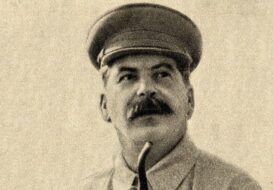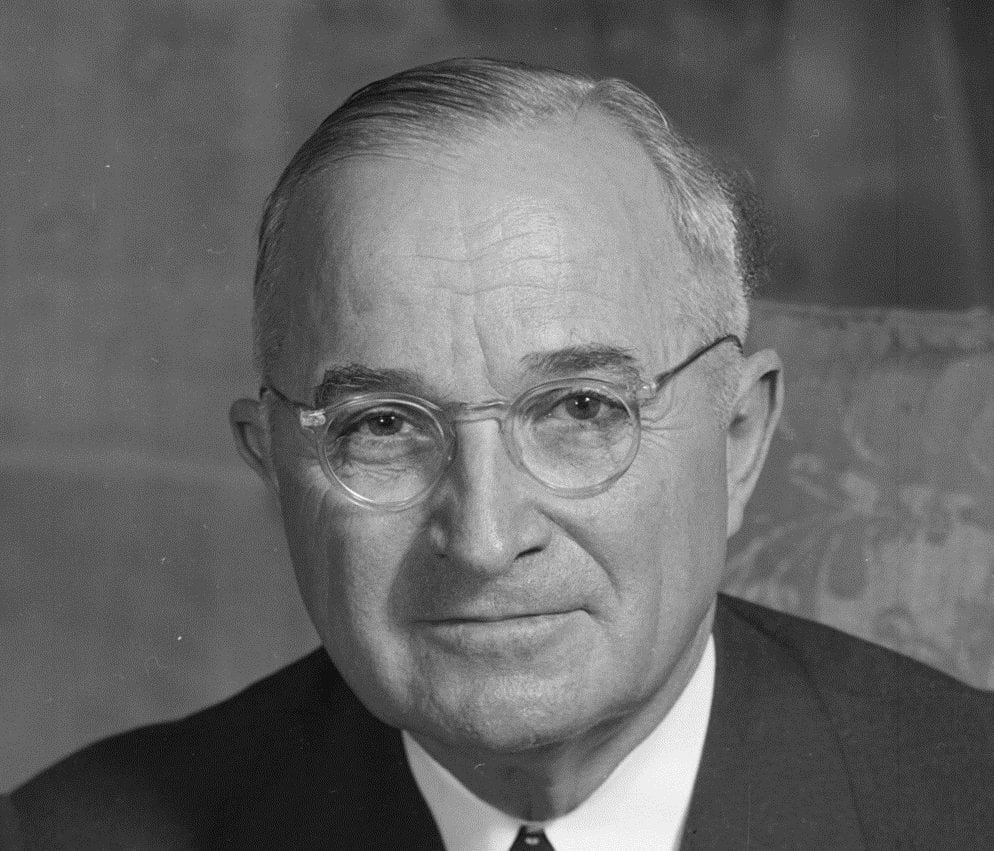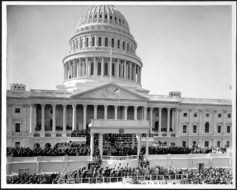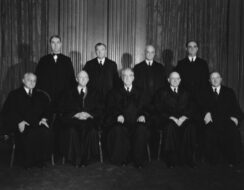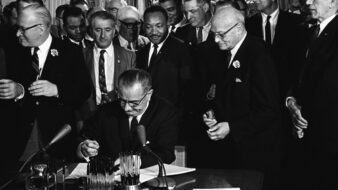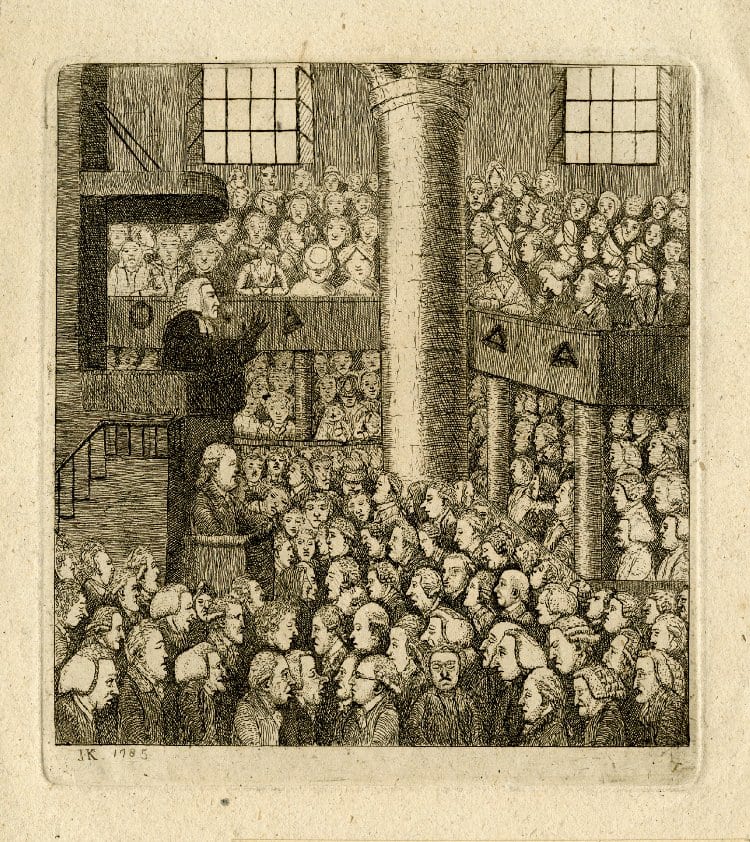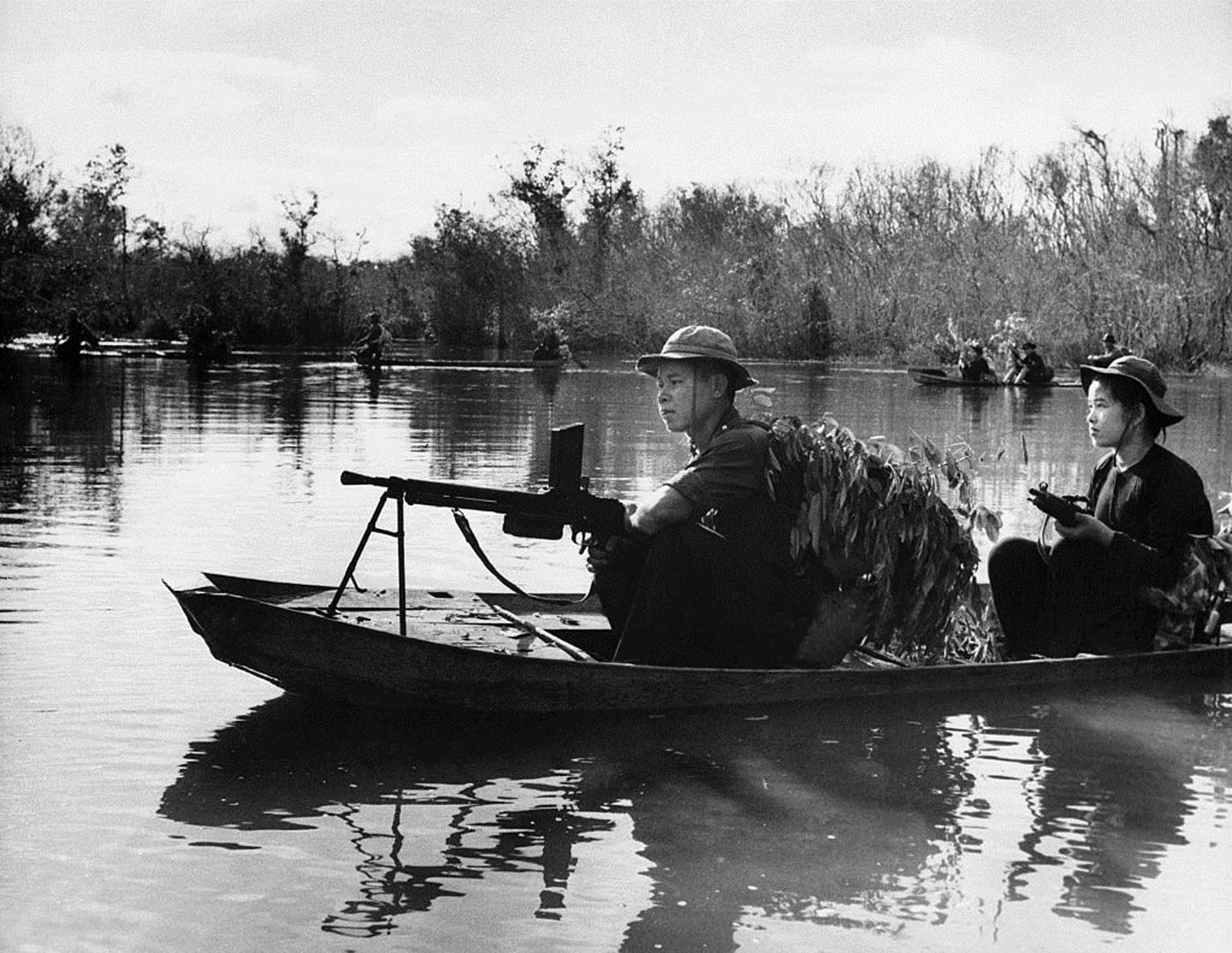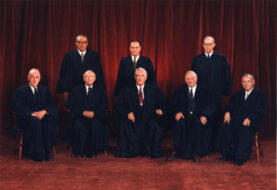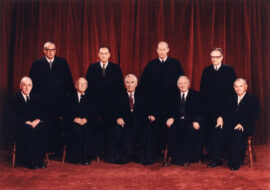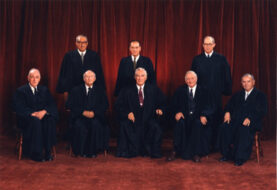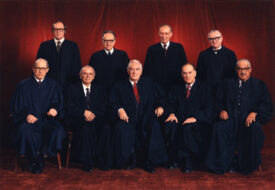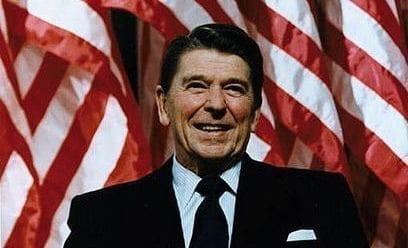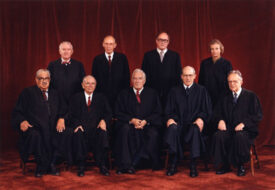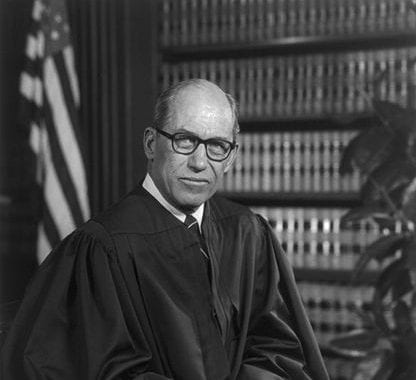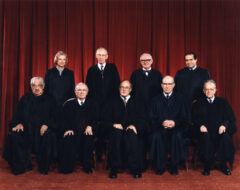
1. Analysis of the present situation. The situation in South Vietnam is deteriorating. Even before the government sank into confusion last week, the course of the war in South Vietnam had been downward, with Viet Cong incidents increasing in number and intensity and military actions becoming larger and more successful, and with less and less territory meaningfully under the control of the government. Successful ambushes had demonstrated an unwillingness of the population even in what were thought to be pacified areas to run the risk of informing on the Viet Cong. War weariness was apparent. The crisis of the end of August–especially since the competing forces have left the government largely “faceless” and have damaged the government’s ability to manage the pacification program–promises to lead to further and more rapid deterioration. Even if Khanh makes a recovery soon, the government is bound to be less effective at all levels for a time; South Vietnam will be a weakened target. Hanoi is certain to assess the situation this way, and it is quite likely that the Viet Cong in the next month or two will make an all-out effort to shake South Vietnam apart.
US policy has been to pacify South Vietnam by aid and advice and actions within the borders of South Vietnam. This policy will not work without a strong government in Saigon. It has become apparent that there is no likelihood that a government sufficiently strong to administer a successful pacification program will develop. It follows that our current US policy, which is based on such a program, will not succeed.
The odds are very great that if we do not inject some major new elements–and perhaps even if we do–the situation will continue to deteriorate; there is a substantial chance that the [words missing] completely apart, with dramatic VC military victories putting intolerable pressure on a weakened Saigon government. The result within a few months, or even a few weeks, could be a succession of governmental changes ending in a demand for a negotiated settlement.
The objective of the United States is to reverse the present downward trend. Failing that, the alternative objective is to emerge from the situation with as good an image as possible in US, allied and enemy eyes.
2. Inside South Vietnam. We must in any event keep hard at work inside South Vietnam. This means, inter alia, immediate action:
(a) to press the presently visible leaders to get a real government in operation;
(b) to prevent extensive personnel changes down the line;
(c) to see that lines of authority for carrying out the pacification program are clear.
New initiatives might include action:
(d) to establish a US Naval base, perhaps at Danang;
(e) to embark on a major effort to pacify one province adjacent to Saigon. A separate analysis is being made of a proposal:
(f) to enlarge significantly the US military role in the pacification program inside South Vietnam–e.g., large numbers of US special forces, divisions of regular combat troops, US air, etc., to “interlard” with or to take over functions or geographical areas from the South Vietnamese armed forces.
A combination of actions confined to the territory of South Vietnam, however, offers much promise to slow the deteriorating situation appreciably.
3. Outside the borders of South Vietnam. There is a chance that the downward trend can be reversed-or a new situation created offering new opportunities, or at least a convincing demonstration made of the great costs and risks incurred by a country which commits aggression against an ally of ours–if the following course of action is followed. The course of action is made up of actions outside the borders of South Vietnam designed to put increasing pressure on North Vietnam but designed also both to create as little risk as possible of the kind of military action which would be difficult to justify to the American public and to preserve where possible the option to have no US military action at all.
Timing. The scenario should begin approximately October 1. This date does not appear to be appreciably less desirable than a September date from the point of view of the deteriorating situation. Its advantages are that it allows time for consultation in Washington with Ambassador Taylor, and it allows time for some kind of a “voice” to emerge which can speak for South Vietnam (a prerequisite to the proposed course of action), and it postpones probably until November or December any decision as to serious escalation.
Objectives. The purpose of the course of action would be to improve our position in at least one of the following four ways:
i. Increase the unity and therefore the effectiveness of the GVN government,thus facilitating pacification of South Vietnam.
ii. Decrease DRV support for the Viet Cong, thus facilitating pacification of South Vietnam.
iii. Increase the actual and portended cost of the war to DRy, thus improving our bargaining position in the event of negotiations.
iv. Increase the actual and apparent cost of the war to the DRV and the actual and apparent contribution in risk and effort by the US, thus improving our image as a trustworthy ally no matter what the ultimate outcome.
Actions. The actions, in addition to present continuing “extra-territorial” actions (US U-2 recce of DRV, US jet recce of Laos, T-28 activity in Laos), would be by way of an orchestration of three classes of actions, all designed to meet these five desiderata–(1) From the US, GVN, and hopefully allied points of view, they should be legitimate things to do under the circumstances, (2) they should cause apprehension, ideally increasing apprehension, in the DRV, (3) they should be likely at some point to provoke a military DRV response, (4) the provoked response should be likely to provide good grounds for us to escalate if we wished, and (5) the timing and crescendo should be under our control, with the scenario capable of being turned off at any time. The three classes of actions are:
a. South Vietnamese air attacks on the Laotian infiltration routes.
The strikes should begin in Laos near the South Vietnamese border and slowly “march” up the trails to and eventually across the North Vietnamese border. The case for action of this kind has already been made in the relevant bodies of opinion. The tacit consent of Souvanna would have to be and probably could be obtained. Ground fire at the VNAF aircraft would be sufficient but not necessary cause for US suppression of the AA batteries; MIG opposition to the VNAF aircraft would be encountered probably only late in the “march” up the trails and likewise would be sufficient but not necessary cause for US jet cap for the VNAF aircraft, hot pursuit of the MIGs, and even strikes at the MIG airfields in North Vietnam. The pace would be under our control.b. South Vietnamese sea attacks on North Vietnamese junks and shore facilities by bombardment and landings. These operations can be fully justified as necessary to assist in interdiction of infiltration by sea. North Vietnamese opposition by sea or air could, but would not have to be, used by the US as grounds for giving sea or air protection for the South Vietnamese craft or even for undertaking such actions as the mining of certain North Vietnamese harbors. While the North Vietnamese would be able to select the time and place of their response to the South Vietnamese strikes, the US would in any instance retain the choice whether and how to escalate.
c. De Soto patrols. These patrols should be fully protected by naval and air units, disassociated from any South Vietnamese sea raids, and far out in international waters of the Gulf of Tonkin. There is a demonstrable and increasing military requirement for these patrols because of the likely changes in North Vietnamese equipment and procedures since August 5; and the US public is sympathetic to reasonable insistence on the right of the US Navy to ply international waters. We could not ignore a DRV sea or air attack on such a De Soto destroyer. Such an attack would require us either to apply the August 5 limited-retaliation formula again or, especially if a US ship were sunk, to commence a full-fledged squeeze on North Vietnam. (It is unlikely that the DRV will attack our ships if they are outside the “12-mile limit.”)
4. Actions of opportunity. While the above course of action is being pursued, we should watch for other DRV actions which would justify a limited retaliation or the commencement of a squeeze on North Vietnam.
Among such DRV actions might be the following:
a. Downing of US recce or US rescue aircraft in Laos (likely by AA, unlikely by MIG).
b. MIG action in Laos or South Vietnam (unlikely).
c. Mining of Saigon Harbor (unlikely).
d. VC attacks on South Vietnamese POL storage, RR bridge, etc. (dramatic incident required).
e. VC attacks (e.g., by mortars on, or take-over of, air fields on which US aircraft are deployed (likely).
f. Some barbaric act of terrorism which inflames US and world opinion (unlikely).
5. Graduated pressure on DRV. The concept of the course of action described above in essence is: by doing legimate things to provoke a DRV response and to be in a good position to seize on that response, or upon an unprovoked DRV action, to commence a crescendo of GVN-US military actions against the DRy. The escalating actions might be naval pressures, mining of harbors; or they might be made up of air strikes against North Vietnam moving from southern to northern targets, from targets associated with infiltration and by-then-disclosed DRV-VC radio command nets to targets of military then industrial importance, and from missions that could be handled by the VNAF alone to those which could be carried out only by the US. The effect of such escalation on Saigon and on other Vietnamese cities–the populations of which would be fearful of counter strikes–would have to be weighed. And the possibility that such actions would escalate further, perhaps bringing China into the war, would have to be faced. Substantial contingency deployments of ground, sea and air forces to Southeast Asia would have to be made at some point-at the latest, just before any overt US actions were taken against the territory of North Vietnam.
6. Chances to resolve the situation. Throughout the scenario, we should be alert to chances to resolve the situation:
a. To back the DRV down, so South Vietnam can be pacified. b. To evolve a tolerable settlement:
i. Explicit settlement (e.g., via a bargaining-from-strength conference, etc.).
ii. Tacit settlement (e.g., via piecemeal live-and-let-live Vietnamese “settlements,” a de facto “writing off” of indefensible portions of SVN, etc.).c. If worst comes and South Vietnam disintegrates or their behavior becomes abominable, to “disown” South Vietnam, hopefully leaving the image of “a patient who died despite the extraordinary efforts of a good doctor.”
7. Special considerations during next two months. The relevant “audiences” of US actions are the Communists (who must feel strong pressures), the South Vietnamese (whose morale must be buoyed), our allies (who must trust us as “underwriters”), and the US public (which must support our risk-taking with US lives and prestige). During the next two months, because of the lack of “rebuttal time” before election to justify particular actions which may be distorted to the US public, we must act with special care–signaling to the DRV that initiatives are being taken, to the GVN that we are behaving energetically despite the restraints of our political season, and to the US public that we are behaving with good purpose and restraint.

Conversation-based seminars for collegial PD, one-day and multi-day seminars, graduate credit seminars (MA degree), online and in-person.




